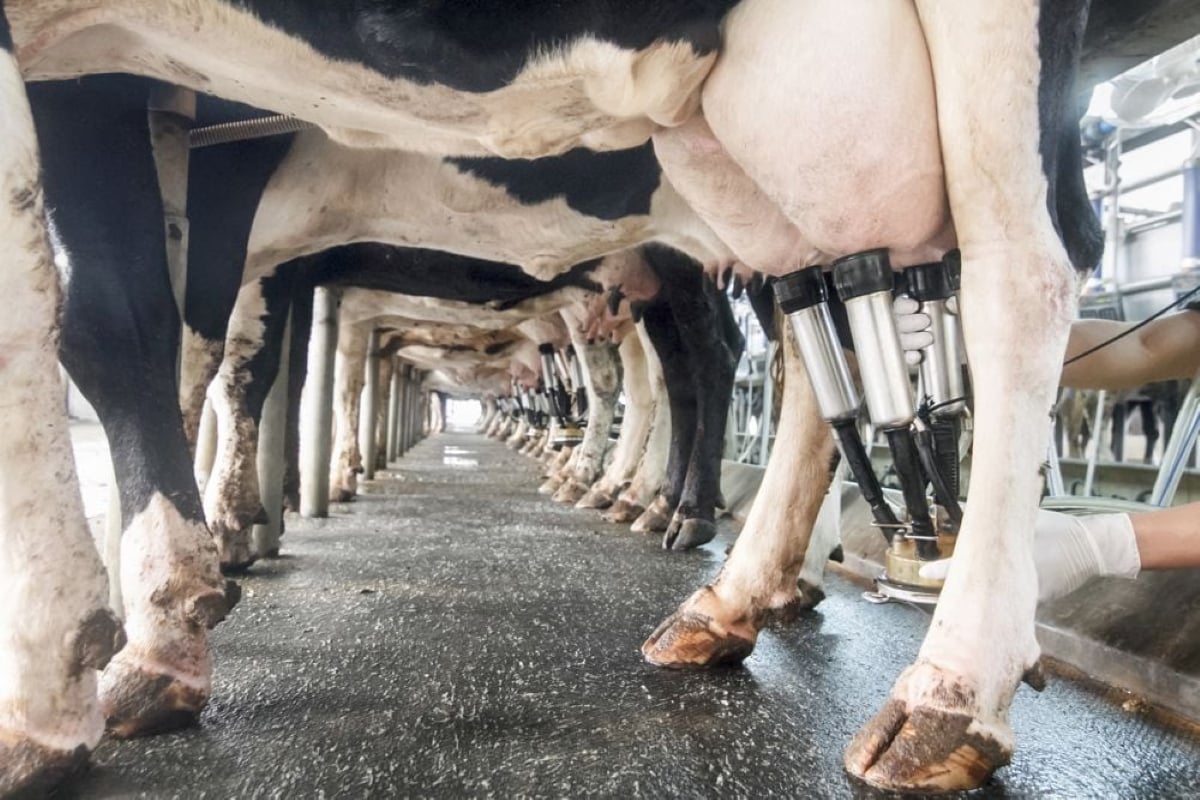CHICAGO (Reuters) — The number of cattle placed in U.S. feedlots last month was lower than anticipated, a government report showed on Friday, reflecting healthy pastures that allowed ranchers to grow livestock longer outside of feedyards, said analysts.
Producers retained more heifers to help restore the U.S. cattle herd now at its third lowest level since 1952 following several years of drought-stricken crops.
Feedlots purchased fewer expensive young calves, or feeder cattle, because they pressured their margins.
Cattle placed in feeding pens in May will likely come to market beginning in September which could help support prices for slaughter-ready animals at that time, the analysts said.
Read Also

Farm gate milk price to rise in 2026
The Canadian Dairy Commission will raise its farm gate milk price by 2.3255 per cent in February, the Crown corporation announced on Friday.
The U.S. Department of Agriculture report showed May placements at 1.714 million head, down 10 percent from 1.909 million last year.
Analysts, on average, had expected a placement reduction of 7.2 percent in May.
The USDA put the feedlot cattle supply as of June 1 at 10.561 million head, up one percent from 10.497 million a year ago. Analysts, on average, had forecast a 0.7 percent rise.
The government said the number of cattle sold to packers, or marketings, was down eight percent in May from a year ago, at 1.711 million head. The outcome was the smallest for the month of May since USDA began the data series in 1996.
Analysts projected a drop of 7.8 percent from 1.865 million last year. There was one less day to market cattle in May 2015 than the same period a year earlier.
Pasture conditions are some of the best in years, so the feeders outside of feedlots are historically large, said U.S. Commodities analyst Don Roose citing May 2015’s slower-than-expected placement pace.
Dan Vaught, economist with Doane Advisory Services, said last month’s Chicago Mercantile Exchange live cattle futures that traded in the upper 140.000 cents to lower 150.000 cents per lb range discouraged some ranchers from sending their cattle to feedyards.
“In May, the futures market was telling the feedlot industry that the outlook isn’t all that great,” said Vaught.
On Monday, CME live cattle futures deferred months may benefit from the report’s placement shortfall, while nearby contracts may take their cue from current slaughter cattle prices and wholesale beef demand, said analysts.
“It’s going to be how beef clearances are next week. The back months are going to find support and that’s going to give us a push up front, too,” said Roose.













